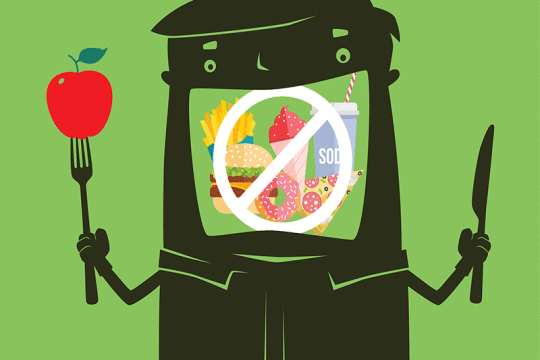
When it comes to teenagers in this community and their weight, it can often be an uphill battle.
“The numbers show that we have a higher rate of overweight and obese teens than the rest of the city,” says Dr. Paulo Pina, who is a board-certified pediatrician and director of Ambulatory Pediatrics at SBH Health System. “Many of the overweight teens we see already show evidence of pre-diabetes. About one-third of our patients are overweight and that begins from early childhood and continues to adulthood.”
With teens, says Dr. Pina, warning them of the long-term health consequences of a diet high in sugar, carbs, salt and fat (resulting in an increased likelihood of diabetes, hypertension, heart disease, and cancer) is not as motivating a factor as body image and appearance. Having supportive parents can also make a difference in getting teens to change their lifestyle. “We use a holistic approach, tailoring the weight control program to the teen, rather than making it a case of ‘one size fits all’,” says Dr. Pina. “We start by working with them to cut down on one thing – in many cases it’s sugary drinks. It’s hard to say to a Latino family that they need to stop eating carbs and foods like rice, beans and tacos, but if we can get them to go from, say, three cans of soda a day to one, it’s a start. If they’re motivated, which about a third are, we go from there.”
In addition to changing his teenaged patients’ diet, he encourages physical activity. This can be getting the teen to get off the bus at an earlier stop and walking a few extra blocks, or taking the stairs in their apartment building instead of waiting for the elevator. He focuses them on small targets. “The first-time goal may be not to gain any weight between now and the next visit and, once we get there, to then lose two or three pounds. Saying ‘you need to lose 40 pounds’ is discouraging and not realistic.”
The problem is a particularly thorny one in this part of the Bronx, says Dr. Pina, because of the dearth of area food establishments that sell fresh fruits and vegetables. A recent report released by the
New York City Department of Health and Mental Hygiene found that bodegas and fast food restaurants account for a combined 65 percent of the food environment in an area that also sits at the epicenter of the city’s obesity problem. Meanwhile, sites specializing in fresh produce comprise just four percent of the establishments.
He says that bodegas are doing a better job of providing food options, such as low fat milk and more fruits and vegetables, due to financial incentives from the city.
Yet, it’s disconcerting that the biggest food distribution in the world (Hunt’s Point Market) is in the Bronx and the communities that need it the most and are so close aren’t getting it,” he says. “We have an epidemic here (of obesity) and we need to tackle it at all ends.”
 GIVING
GIVING (718) 960-9000
(718) 960-9000